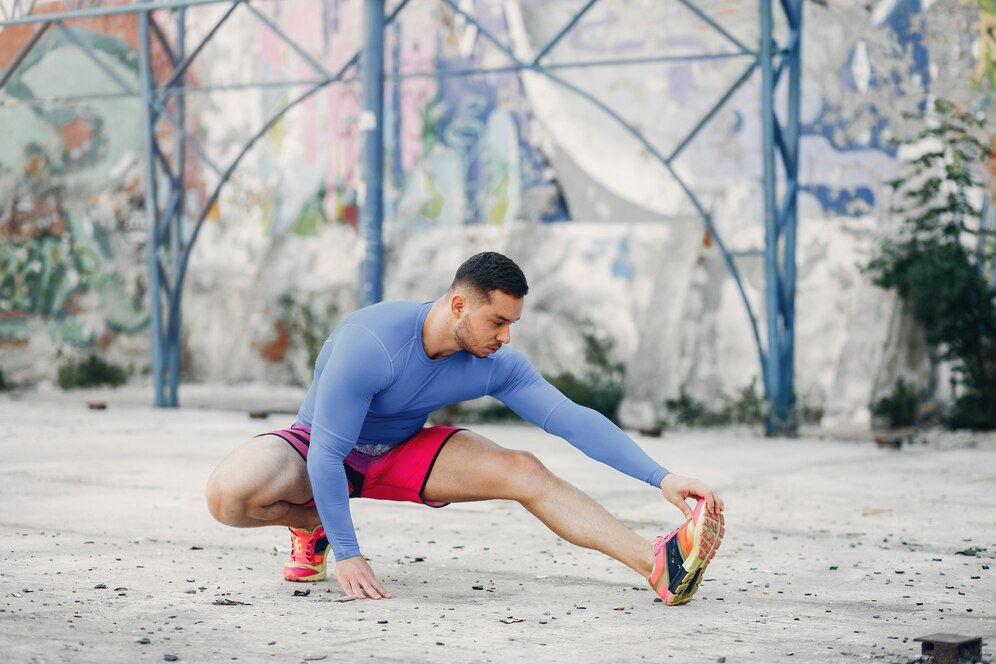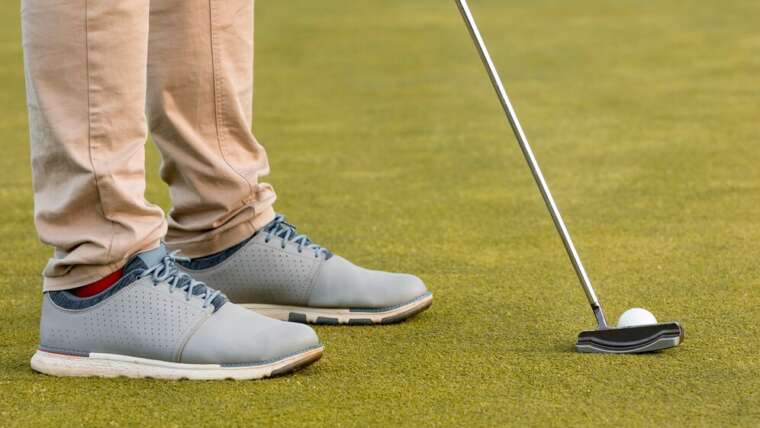Whether you enjoy a leisurely jog, train for your latest marathon, or compete regularly, stretching should be a vital part of any runner’s routine.
From long-distance pounding on pavement to interval sprints on the track, running puts our bodies through grueling motions, leading to tightness, soreness, and potential injury if not addressed properly.
In this post, we will explore some of the most effective stretching exercises for runners recommended by experts that can help runners of all levels improve mobility, reduce muscle tension, and stay healthy on the roads and trails.
Incorporating these stretches both before and after hitting the streets can make a big difference in your performance and longevity as a runner:
Dynamic Stretches For Runners
Here are the best stretches to do before and after running:
1. Quadriceps Stretch
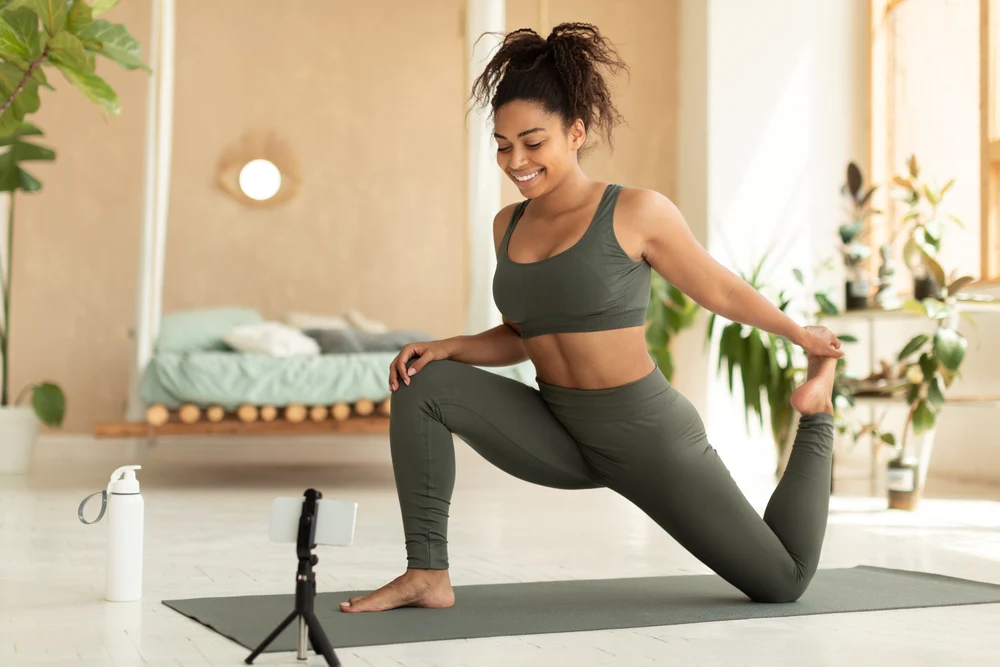
The quadriceps stretch is a pivotal stretching workout for runners as it significantly enhances flexibility in the quadriceps muscles, preventing muscle imbalances and promoting a more even distribution of workload during running.
By incorporating this stretch into your routine, you reduce the risk of developing tight quads, which can lead to issues like patellofemoral pain syndrome.
Improved flexibility in the quadriceps supports a smoother and more efficient running stride, contributing to enhanced performance and decreased likelihood of overuse injuries.
Value: Enhances quad flexibility, crucial for runners to prevent muscle imbalances.
Step-By-Step Guide:
- Stand with feet hip-width apart.
- Bend your right knee, bringing the heel towards your buttocks.
- Hold your right ankle with your right hand.
- Maintain alignment of knees, balance on the left leg.
- Hold for 15-30 seconds, ensuring a gentle pull without strain.
- Switch legs, repeating the stretch for symmetry.
2. Calf Stretch
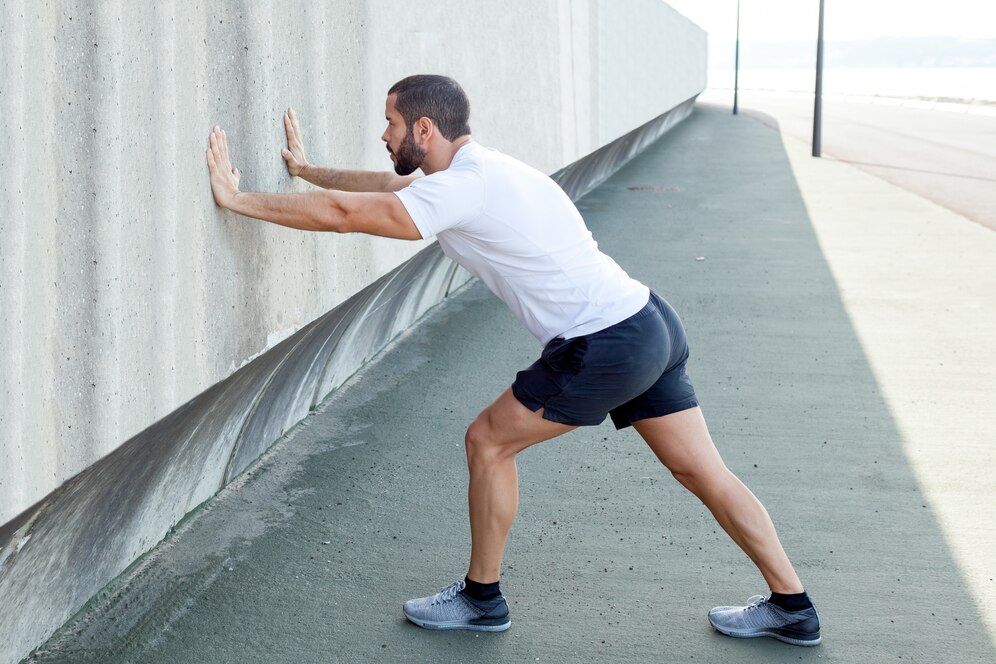
A thorough calf stretch is essential for runners to maintain optimal ankle flexibility and reduce the risk of calf strains.
This runner’s stretch specifically targets the gastrocnemius and soleus muscles, promoting their elasticity and preventing tightness. Flexible calves contribute to a more fluid and powerful push-off during each stride, translating to improved running efficiency.
Regularly incorporating the calf stretch into your routine supports overall lower leg health and decreases the chances of developing common issues such as Achilles tendinitis.
Value: Reduces the risk of calf strain and improves ankle flexibility.
Step-By-Step Guide:
- Face a wall, hands pressed against it.
- Step back with your right foot, keeping it straight.
- Bend your left knee, keeping the right heel on the ground.
- Feel the stretch in the right calf.
- Hold for 15-30 seconds, maintaining a steady breath.
- Switch legs, ensuring both calves are stretched evenly.
3. Toe Touches
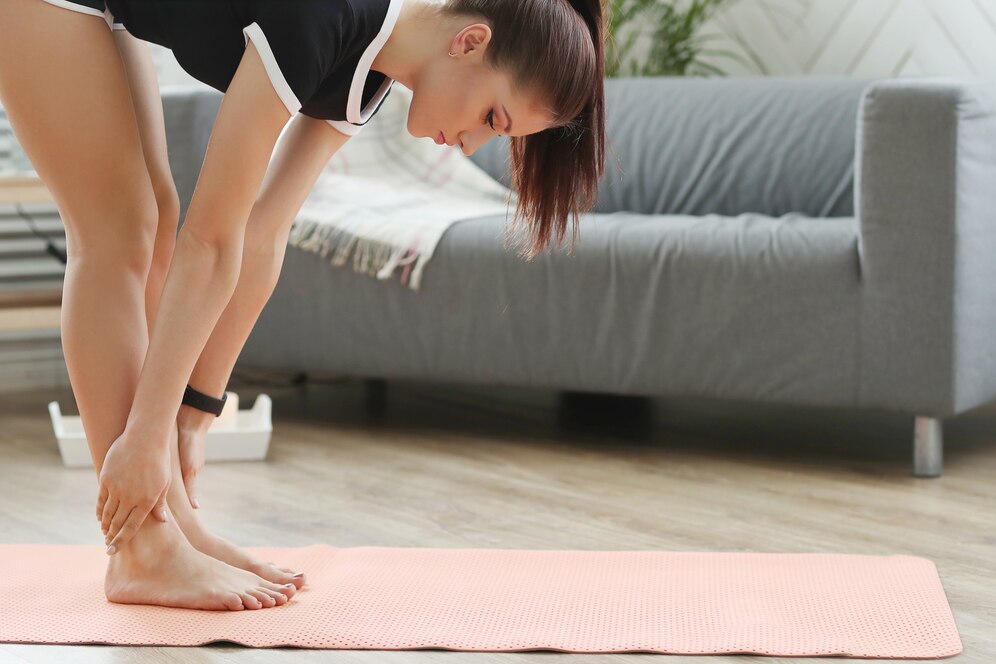
The toe touch stretch is a comprehensive exercise that benefits runners by promoting hamstrings and lower back flexibility. This stretch not only aids in preventing muscle tightness but also enhances the range of motion in the posterior chain.
By reaching towards your toes, you engage the entire backside of the body, fostering a balanced musculature that is crucial for maintaining a proper running posture.
Regular incorporation of toe touches into your runner’s stretching routine can contribute to improved running mechanics and reduced strain on the lower back.
Value: Promotes hamstring and lower back flexibility, vital for a fluid running motion.
Step-By-Step Guide:
- Stand with feet shoulder-width apart.
- Bend forward at the hips, reaching towards toes.
- Keep knees slightly bent to protect the lower back.
- Hold for 15-30 seconds, allowing muscles to gradually release tension.
- Focus on a controlled descent, feeling the stretch throughout.
4. Low Lunge Stretch
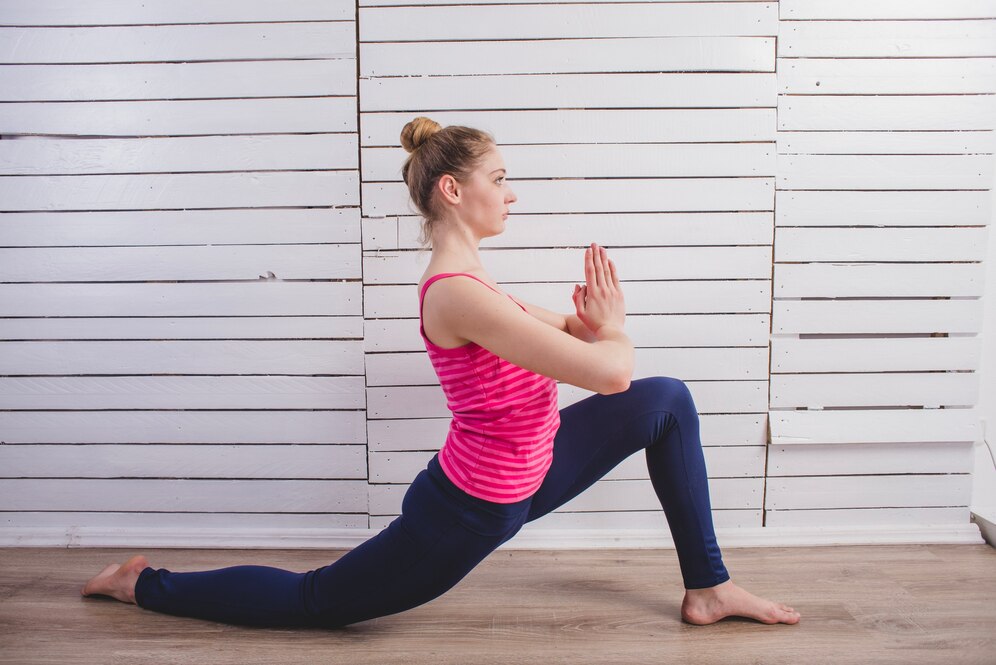
Runners often experience tightness in the hip flexors, making the low lunge stretch a valuable addition to their routine.
This is one of the best stretches for runners that targets the muscles at the front of the hip, alleviating tension and promoting a more extended stride.
Improved hip flexor flexibility enhances the overall range of motion in the hips, facilitating a smoother and more efficient running motion.
Value: Alleviates tension in hip flexors, fostering a more extended running stride.
Step-By-Step Guide:
- Start in a lunge with right foot forward.
- Lower hips toward the ground, feeling the stretch in the left hip flexor.
- Keep the right knee directly above the ankle.
- Hold for 15-30 seconds, emphasizing a gentle push into the stretch.
- Switch legs, ensuring balance in flexibility on both sides.
5. Kneeling Hip Flexor Stretch
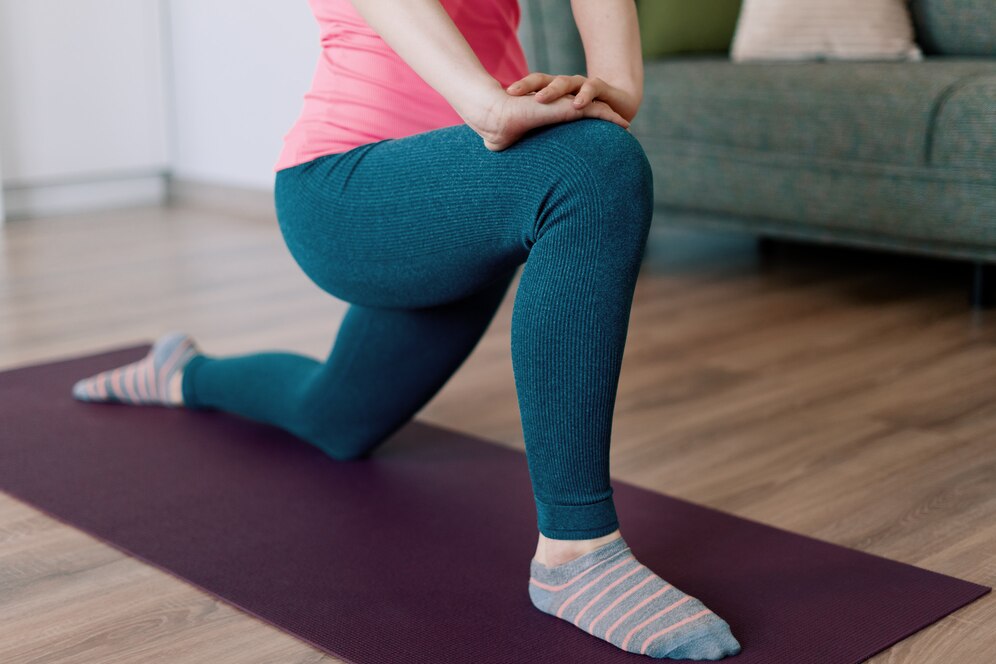
A targeted approach to hip flexor flexibility, the kneeling hip flexor stretch, is instrumental for runners seeking to optimize their gait.
This stretch specifically targets the psoas muscle, releasing tension and promoting a balanced range of motion in the hips. Runners with tight hip flexors may experience limitations in their stride length, potentially leading to issues like anterior pelvic tilt.
Regular practice of the kneeling hip flexor stretch contributes to improved posture, reduced risk of imbalances, and enhanced overall running efficiency.
Value: Enhances hip flexor mobility, critical for maintaining an efficient running gait.
Step-By-Step Guide:
- Kneel on your right knee, left foot in front at a 90-degree angle.
- Shift weight forward, feeling the stretch in the right hip flexor.
- Maintain an upright posture.
- Hold for 15-30 seconds, emphasizing a gradual release of tension.
- Switch sides, ensuring symmetry in hip flexibility.
6. Cobbler’s Pose

Cobbler’s Pose, also known as Butterfly Stretch, is a key stretch for runners aiming to improve flexibility in the inner thighs. This stretch targets the adductor muscles, promoting a wider range of motion in the hips.
Regularly incorporating Cobbler’s Pose into your routine alleviates tightness in the inner thighs, contributing to a more stable and balanced run.
Improved inner thigh flexibility also plays a role in preventing issues related to pelvic alignment, providing runners with a foundation for sustained, injury-free performance.
Value: Improves inner thigh flexibility, contributing to a more stable and balanced run.
Step-By-Step Guide:
- Sit with a straight back, soles of the feet together.
- Hold feet and gently press knees towards the ground.
- Sit tall, feeling the stretch in the inner thighs.
- Hold for 15-30 seconds, allowing for a gradual opening of the hips.
- Emphasize maintaining an elongated spine throughout.
Final Remarks
Taking the time to stretch properly before and after running can make all the difference in your performance, energy level and even recovery process.
Stretches for runners should focus on gradually lengthening muscles that are most used during a run or race.
After each run, try to take five minutes or more to properly stretch out in order to keep your body healthy and ready for future running.


